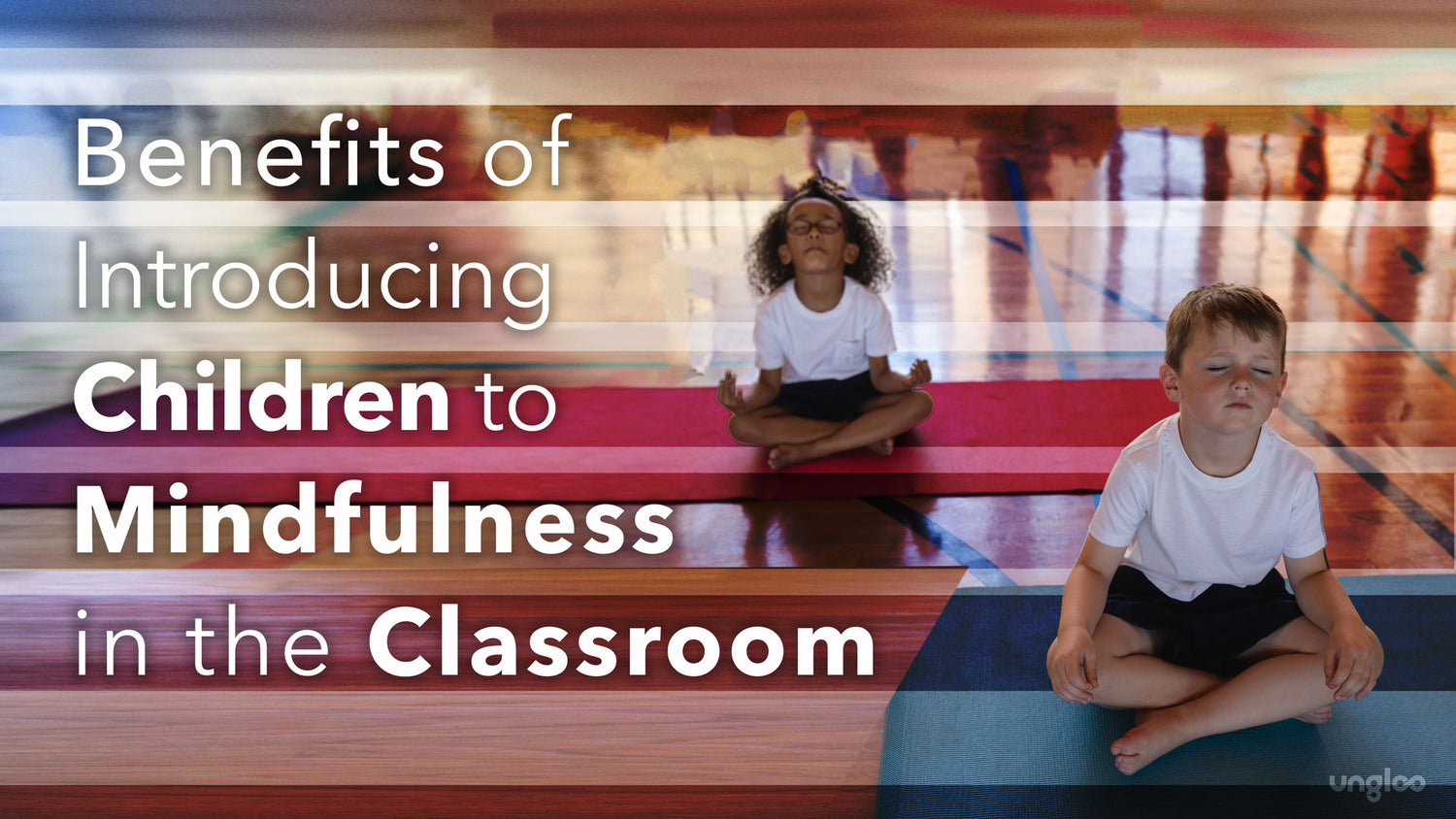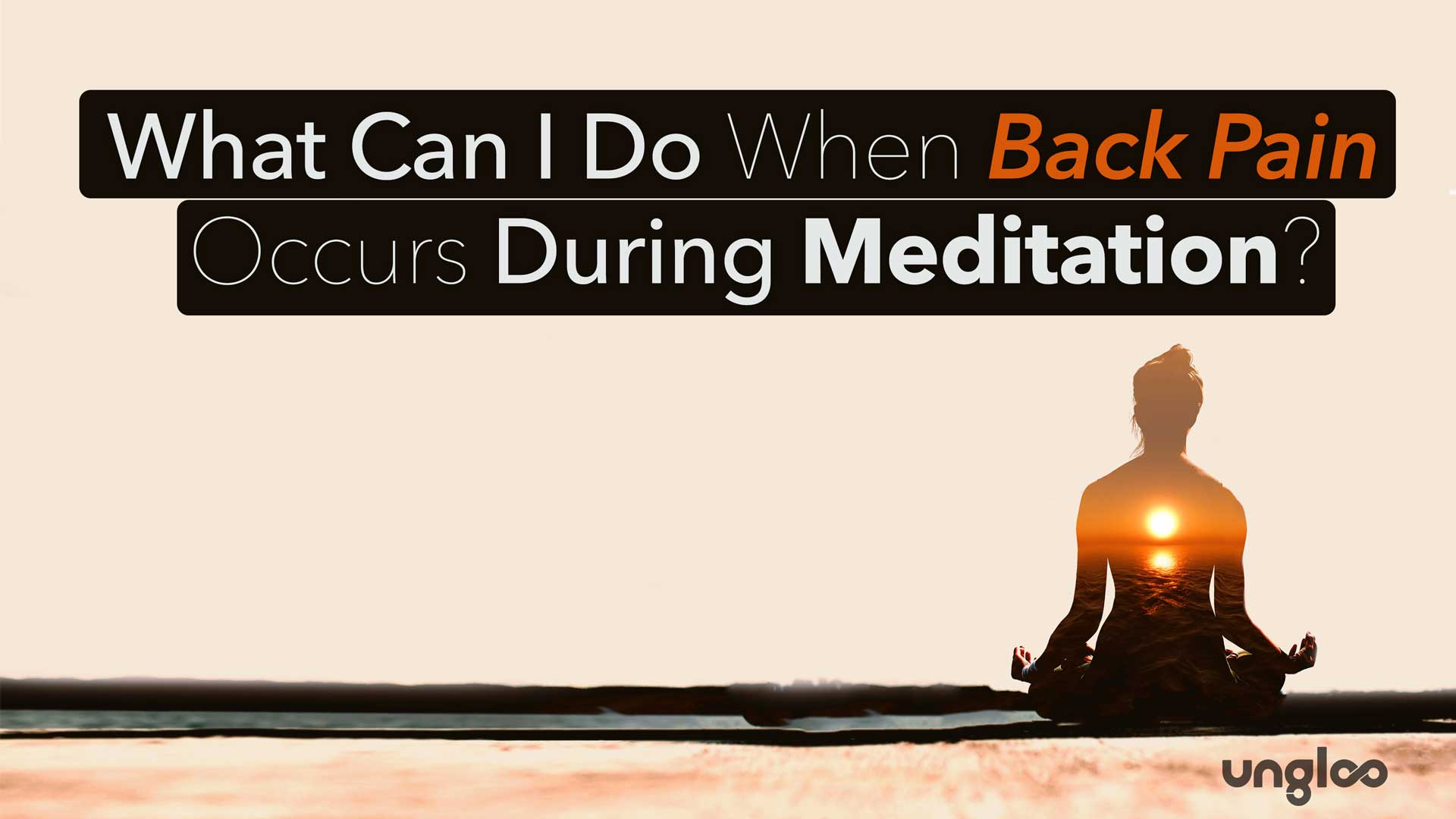Are you wondering how to improve your classroom management? Or are you interested in teaching your students more skills? An overlooked area is mindfulness in the classroom, which is invaluable for students and teachers.
Around 40% of teachers report feeling 'not at all prepared' or only 'somewhat' prepared for classroom management. Only so much can be taught in theory. The rest comes with time, confidence, and experimenting with what works best for your teaching style.
Introducing skills such as mindfulness can also aid your class. Being mindful is a practice that benefits all ages and can transform the classroom experience. Read on to learn the benefits of introducing mindfulness for kids into your classroom.
What Is Mindfulness?
Mindfulness is the practice of focusing awareness on the present moment without judgment. Mindfulness means focusing attention on the following:
- Your feelings
- Physical sensations
- Breath
- Thoughts
- Environment
Various techniques help with this mindful awareness, such as meditation. But essentially, it is the ability to accept the present moment, trust, and let go with acceptance.
Mindfulness for Kids
Research has found a wealth of mindfulness benefits; however, until recently, a lot of this research has focused on adults. But mindfulness has no age limit. It can benefit all ages, including children and adolescents.
Children and adolescents are exposed to many stressors in everyday life. And adolescents are experiencing a range of hormonal changes. Mindfulness is the perfect way to navigate the internal and external triggers to help them find peace.
Mindfulness for kids captures the simple essence of what mindfulness is. You can introduce mindfulness in a variety of fun ways. These techniques include:
- Count your breaths
- Notice and name thoughts, emotions, and physical sensations
- Move and stretch, noticing different sensations
- Mindful snack time
- Nature walks
- Breathing exercises
- Sensory toys
- Giving examples of famous people who meditate
The mental health epidemic, disruptions to learning, and more awareness of mindfulness's benefits have meant people are looking at different ways to support children's development and adolescents' mental health. Mindfulness is one of these solutions. And the great thing is that it is a lifelong skill that kids can adapt to their changing needs over time.
Benefits of Mindfulness in the Classroom
Leading by example is often the best way to teach children, which is the same for mindfulness. The classroom is an ideal place to introduce kids to being mindful. They are in a familiar learning environment and can share mindfulness with peers. The benefits do not end with the children; they also benefit the teacher and the classroom.
1. Reduces Stress
Mindfulness exercises reduce stress for children, which is ideal for the school environment. It helps children return to their center and settles their fight or flight responses.
The school environment can present a variety of stressors for children. Many kids experience stress outside of school too. And if they do not have a way to manage stress in a healthy way, then they cannot focus on their learning.
Mindfulness helps reduce activity in areas of the brain responsible for stress. This includes the amygdala. The amygdala activates stress responses.
Reducing this activity helps children stay grounded and not get overwhelmed. They can feel more in control of their emotional responses inside and outside the classroom.
Mindfulness doesn't only reduce stress for children but teachers too. Studies have found it can help with teacher stress and burnout. Mindfulness can help teachers stay present and approach classroom challenges with ease.
2. Improves Emotional Self-regulation
Most teachers have had to face emotional outbursts in the classroom, especially for children of all ages who are still learning how to self-regulate. A teenager's prefrontal cortex is also still developing, meaning they can be more impulsive and prone to emotional overwhelm.
Teaching mindfulness is a great way to help children manage their emotions in a healthy way, which can reduce the number of emotional outbursts in the classroom. They learn how to feel and tolerate their feelings without becoming swept up in them.
Instead, children can focus on their learning without disruption. It also prevents the strain an outburst can emotionally and physically have on the child and the rest of the class.
3. Positive Relationships and Communication
Mindfulness practices can help students become more aware of their relationships. It offers a way to articulate their emotions and focus on the other person. This can help peer relationships, teacher-student relations, and relationships outside the classroom.
Children are learning how to respond from their executive function, which mindfulness influences. Using their executive function helps them generate patience and communication skills. This function is still developing during childhood and adolescence, making it the perfect time to introduce mindfulness.
Mindfulness provides a shared language to improve classroom communication. It adds to a student's communication toolkit, so they know how to communicate their needs in a way that the teacher will understand. Introducing mindfulness in the classroom increases the chance that it is a shared language, so every student in the class is on the same page.
The shared language of mindfulness helps open communication and reflection time. You can ask questions such as 'was that a mindful response?' and use a mindfulness exercise to prompt conversation.
4. Concentration and Cognition
Studies have found that mindfulness can help improve attention and cognition for students in the classroom. Studies have found that people can perform better due to extended concentration, which can also be the case for children who practice mindfulness.
One of the biggest challenges for teachers is gaining and maintaining student attention. Kids and teenagers have different things happening in their lives that can impact their ability to concentrate. Other reasons they may not be able to focus include the following:
- Lack of practice
- Lack of understanding
- Lack of motivation
- Sleep issues
The good news is that mindfulness can help address these issues so children can make the most out of their learning. Mindfulness exercises can help them understand their attention and begin to direct it with more awareness.
Starting the day or having a break to teach a mindfulness task will help students stay focused without distraction. This allows them to work on improving their memory, problem-solving, and listening skills. These are all vital skills that can help improve academic performance.
5. Supports General Wellbeing
Introducing mindfulness in the classroom also supports the general well-being of your students. It has a ripple effect on various areas of their life, including communication, sleep, and emotional regulation.
They can learn how to manage difficult emotions and situations in healthy ways, becoming more attuned to their emotional state. This can help reduce difficult emotions such as anxiety and stress. Their ability to return to the present moment can give them the mental space also to help improve their sleep, improving their psychological and physical well-being.
Mindfulness also increases the chance that they have mental clarity and can act in self-compassionate ways that improve their well-being instead of inhibiting it. This includes identifying and articulating their emotions if they need support.
6. A Calmer Classroom Environment
Mindfulness helps generate a calmer classroom atmosphere. With less impulsivity and open communication, problems can be managed before they escalate. Students will practice gratitude and other skills, which can increase their respect for the classroom environment.
A calmer classroom also reduces stress for all students. Your classroom will become a place they want to spend time. It will be a place where students go to focus on learning and thriving.
7. Transformative Classroom Learning Experience
Introducing mindfulness practices will transform your classroom. The US Department of Education recommends mindfulness as a strategy to meet students' behavioral, emotional, and social needs. The report found a variety of benefits, including for teachers.
Mindfulness removes the stress and pressure of the classroom. It helps remind students and teachers about why they are learning. Yes, it is to achieve grades, but the primary purpose is to improve their lives and enjoy the process!
Mindfulness practices also open up the chance to change your classroom setup. You can include meditation aids, areas, and other mindfulness signposts to aid students.
Your classroom becomes a place of:
- Calm instead of chaos
- Communication instead of breakdowns
- Attention instead of distractions
- Peace instead of pressure
You can help students thrive emotionally, academically, and socially. After all, one of the main challenges of being a teacher is ensuring student welfare is at a point so they can even begin to learn the curriculum. Mindfulness can help transform your classroom to enable this to happen.
Introducing Mindfulness in the Classroom
Introducing mindfulness in the classroom offers many benefits for your students. The practice of mindfulness benefits all ages, and the classroom is the perfect space to introduce the practice. It will help your students for years to come, which makes it a crucial practice missing from many curriculums.
Additionally, mindful awareness helps the teachers, so the entire classroom experience improves. If you're considering introducing mindfulness in the classroom, begin by looking at some meditation aids and stretches to support your students. Contact us at Ungloo if you have any questions about our products.



